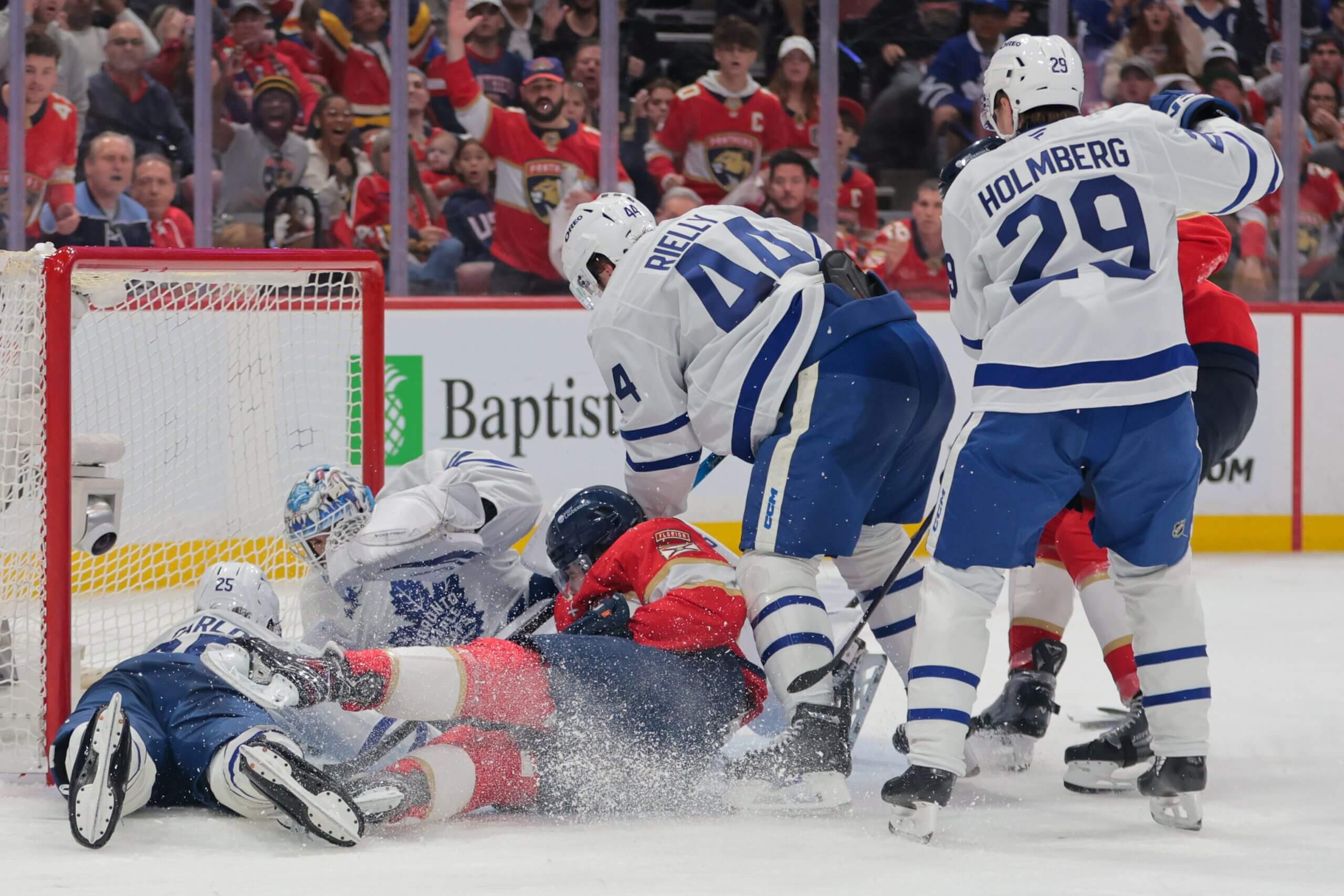
SUNRISE, Fla. — Panthers coach Paul Maurice did something curious early in Game 3.
He took the pair of Selke Trophy candidates on his top line, Aleksander Barkov and Sam Reinhart, and steered them away from the Maple Leafs’ No. 1 unit of Auston Matthews, Mitch Marner and Matthew Knies and the primary matchup from games 1 and 2 in Toronto.
Advertisement
The Matthews-led line burned Barkov’s crew on the very first shift of the game. The change came soon after.
What did Maurice do? He sent another line to defend against Matthews and let Barkov and Reinhart wreak havoc elsewhere.
The Leafs were exploited Friday in Florida, a game they ended up losing 5-4 in overtime, and this was how.
The how starts with home-ice advantage.
With the benefit of last change, Maurice and the Panthers had control of the matchups. And what they decided after that quick start by the Leafs was this: Maybe another line, a line that had dominated games 1 and 2, could hold its own against Matthews. And if that line could hold its own against Matthews, would the Leafs have any answer for Barkov and Reinhart (as well as Evan Rodrigues, who joined the group in Game 3)?
The answer was no.
The Barkov unit dominated Game 3 and did so playing primarily against John Tavares’ line, and not the Matthews line they went head to head with in Toronto. The line scored twice, on goals from Barkov and Reinhart, after not scoring at all in losses to the Leafs in games 1 and 2.
The Tavares line started with a bang when Tavares took a Max Pacioretty pass and wrapped it around and then past Sergei Bobrovsky. Then their matchup changed and they were kept quiet and were largely ineffective. This was why. They had to play against Barkov, the reigning Selke Trophy winner.
In the 10 minutes that Barkov went head to head with Tavares, shot attempts were 12-3 for the home side and shots were 8-2.
The ice was especially tilted for the Panthers in a second period that saw them storm back with three straight goals.
“They think the game extremely well,” Tavares said of Barkov’s line, which, he pointed out, had those two candidates for this year’s Selke Trophy, awarded to the league’s top defensive forward. “They have great instincts, great sticks — they knock pucks down, they tip pucks, they just make it difficult to make plays. That’s the challenge of playing in the playoffs and playing against top players and top teams and finding a way through that.”
Advertisement
That’s the benefit of home ice, too. Coaches can pick out the matchups they want, the ones they want to exploit.
Barkov actually scored his goal against the Matthews line, a play that started with the Panthers’ hard and heavy forecheck.
Reinhart took advantage of a matchup against Max Domi and what’s essentially become the Leafs’ fourth line. That unit committed three icings before the Panthers finally made them pay and stuffed a puck just past the goal line for their second goal.

With the benefit of last change on home ice, Panthers coach Paul Maurice’s matchup changes were the root cause of Toronto’s Game 3 loss. (Sam Navarro / Imagn Images)
Ultimately, the Panthers were able to free up Barkov and Reinhart offensively. Not only did they not have to run around trying to stop Matthews, Marner and Knies from scoring, they also were free from having to try to generate offence against Matthews and Marner, both of whom have been nominated for the Selke.
They were able to do so, though, only because of a third line that’s not really a third line anymore, one that features Leaf pest Brad Marchand alongside rising star Anton Lundell and Eetu Luostarinen.
Those three shredded the Leafs in games 1 and 2. They were a line that Leafs coach Craig Berube openly fretted about heading into the series. He brought up the group unprompted on multiple occasions.
“They’re heavy, all of them,” said Calle Järnkrok, who faced the line frequently early in the series. “They play hard. They play fast. They’re in your face the whole time.”
It was Marchand who scored the overtime winner on a shift with Lundell and Carter Verhaeghe — opposite a Tavares-led line that was stuck on the ice for what seemed like forever, nearly two minutes for William Nylander and Pontus Holmberg. Marchand has probably been the Panthers’ best player in the series, looking a lot like the guy who used to dominate the Leafs with the Boston Bruins.
Marchand has two goals and four points in the series.
Advertisement
“With Marchand on the line, it just adds more creativity to the line,” Berube said after Game 3. “He’s a good player, makes plays, subtle little things he does on the ice. It makes it a more dangerous line offensively.”
So what do the Leafs do in Game 4, knowing that the Panthers will again have last change — and the benefit once more of shoving Barkov into the face of someone other than Matthews, likely Tavares?
The first thing they need is for the Matthews line to punish Florida for doing so. Make it regret sending its Selke duo elsewhere.
The Leafs’ top line did that in the third period, grinding the Lundell line down until Morgan Rielly was able to fire a point shot off Seth Jones to tie the game.
More of that will force the Panthers to change their matchup, to send Barkov back to Matthews, which will benefit lines 2-4 for the Leafs but particularly that Tavares group, which isn’t built to handle a line as big, strong and powerful as the one with Barkov and Reinhart on it.
That’s especially true with Pacioretty on the line. The 36-year-old has been on quite a run for the Leafs, but he’s not equipped at this point in his career to keep up with the Panthers’ No. 1 unit.
Berube had no choice but to change course in the third period and get Pacioretty off the line and replace him with quicker wingers, first Bobby McMann and later Holmberg.
If the Panthers are determined to keep the Barkov-Tavares matchup in Game 4, Berube may have no choice but to leave Holmberg there and play Pacioretty lower in the lineup.
Here’s the thing, though. The Leafs were so close to winning anyway, despite the matchup advantage the Panthers pressed so effectively.
“Whatever happens, we just keep going,” Tavares said. “We gotta keep playing, keep pushing and respond as the game is being played. We know we can be better. We have to be.”
(Top photo: Sam Navarro / Imagn Images)
This news was originally published on this post .






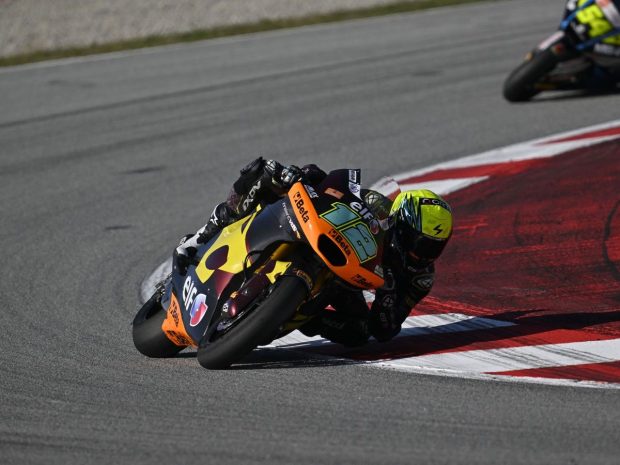
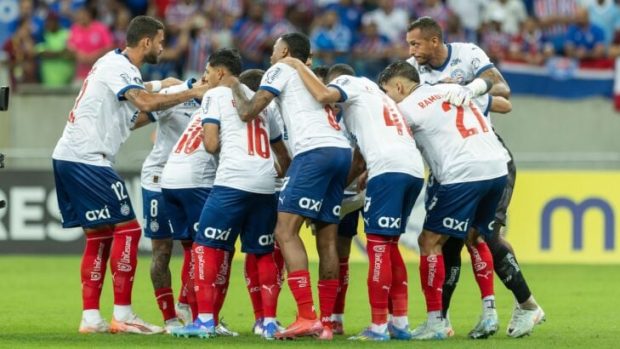
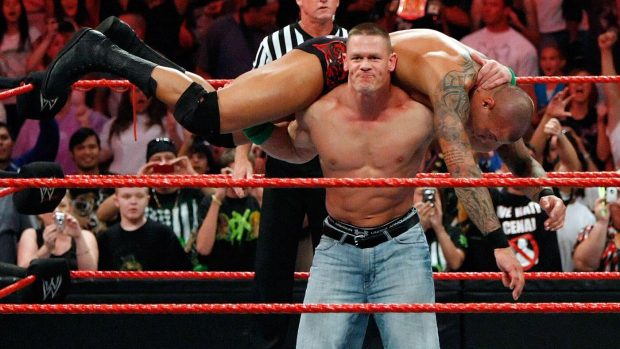
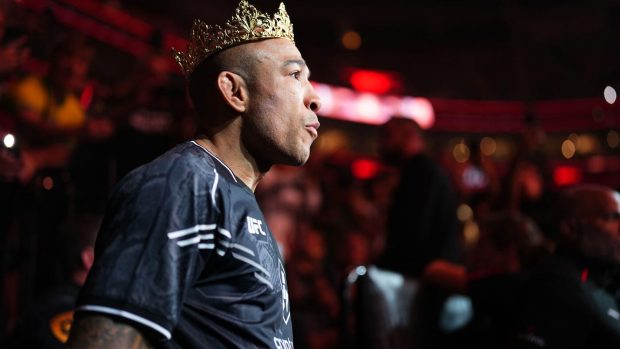
Be the first to leave a comment